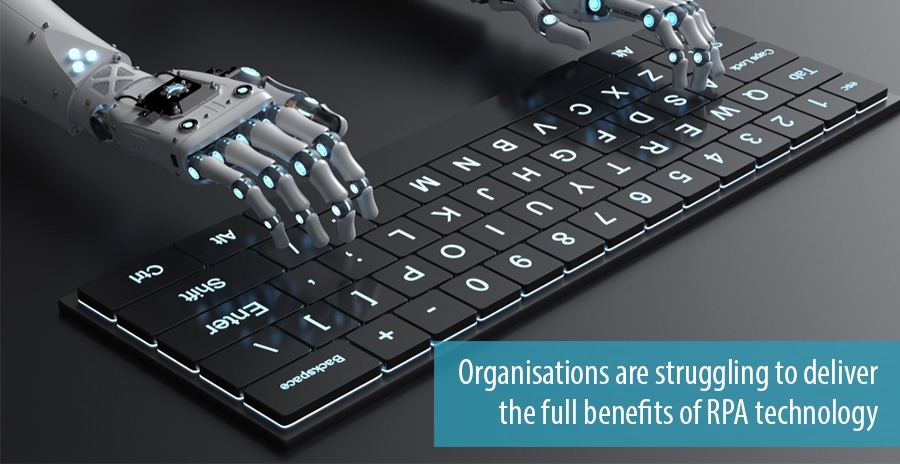Leverage Intelligence and Speed with RPAand Enjoy Quick Benefits

RPA refers to Robotic Process Automation. It is critical but mostly a component overlooked in a digital enterprise. RPA is customized software and is also referred to as a BOT or Software Robot. This can be deployed to perform various tasks and it facilitates messaging inter application, triggers responses, manipulates output and data.
BOTs mimic within an enterprise the human actions. BOTS in the past 5 years have become increasingly common as they are exceptionally good atpredictive and repeatable tasks. BOTs dramatically reduce costs, besides increasing the agility and effectiveness, regardless of the on or offshore use.
How to use it?
RPA may beset in any type of enterprise. This is suitable from the services to IT infrastructure to procurement services. Here is an example to relate RPA.
For instance, a bill is raised to pay invoices and as the invoice arrives, a person contacts another person in his company who received either by phone call, email or by chat this service. As the bill gets confirmation, the payment is authorized for the invoice. This process is easily automated.

If you wish to auto-authorize the payments that are below $1000, a BOT may be used. However, a BOT may also be used to eliminate the bill required to contact the service recipient, instead the BOT will send the message directly. Thus, the recipient may simply press for the payment ‘Yes or No’. Thus, the process is automated and many complex processes can be automated if they are repeatable.
RPA implementing benefits
- Costs are reduced. The tasks are automated means there is nearly 30% cost savings and this can be attained over the productivity output. These software robots cost is lesser than employing an employee for full time.
- Amazing customer experience. RPA implementation frees high value resources to be on the front line, thereby defining the success.

- Risk of low operation. The human errors are eliminated such as lack of knowledge and tiredness. RPA decreases the error rate by providing operational risk to a lower level.
- Internal processes improved. Leveraging the RPA and AI is possible as the companies define clear procedures and this allows them to get faster reporting internally, on board and also with other internal activities.
- No disturbance to IT existing systems. The biggest advantage of RPA is that it requires no need to replace the existing systems. In fact, RPA leverages the existing systems as any normal human employee.










